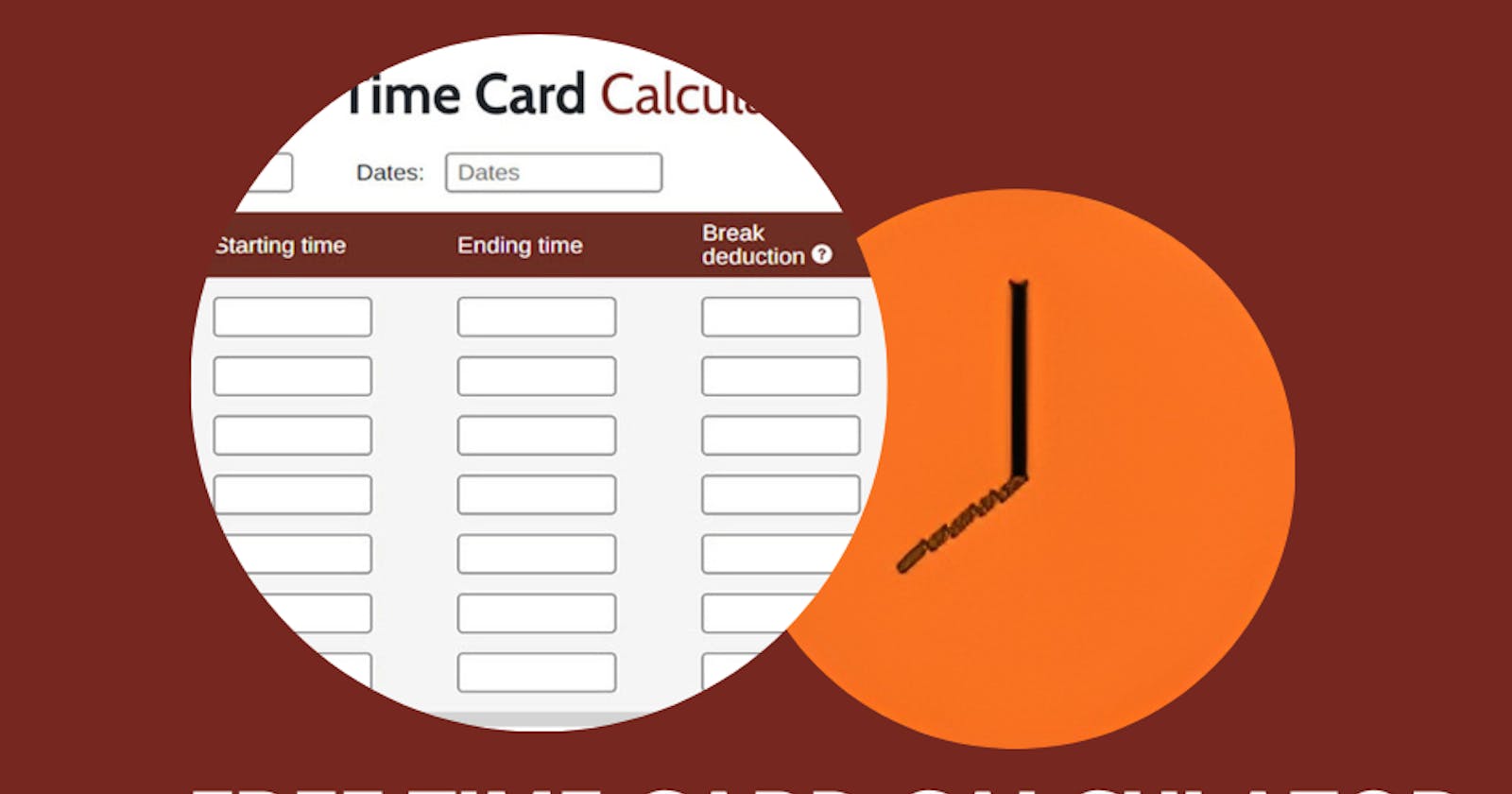Time Conversion Chart for Accurate Time and Attendance Reporting
Time Conversion Chart for Accurate Time and Attendance Reporting
Table of contents
- Recording time for hourly employees
- Understanding the time conversion chart
- Calculating time conversion using quarter hour increments
- Examples of time conversion using the chart
- Advantages of using a time conversion chart
- Implementing the time conversion chart effectively
- Addressing common challenges with time conversion
- Best practices for time recording
Recording time for hourly employees
When employees are paid on an hourly basis, one of the key considerations is the method of recording their work hours. Rather than tracking time down to the minute, using quarter hour increments ensures fairness and consistency. This means that any time worked beyond the start of a 15-minute interval will be rounded to the nearest quarter hour, providing a standardized approach to time tracking.
Understanding the time conversion chart
A time conversion chart serves as a valuable tool that simplifies the process of converting time worked into quarter hour increments for payroll calculations. This chart usually displays the various clock-in times and their corresponding rounded values. By referring to the chart, employees and managers can easily determine the exact time to record for each clock-in or clock-out.
Calculating time conversion using quarter hour increments
To effectively benefit from a time conversion chart, it's essential to understand how to perform accurate time calculations using quarter hour increments. Here is a step-by-step guide to help you with the process:
Determine the clock-in time for the employee.
Identify the nearest quarter hour interval on the time conversion chart.
Round the clock-in time to the corresponding quarter hour value.
Repeat the process for the clock-out time.
Subtract the rounded clock-in time from the rounded clock-out time to calculate the total hours worked.
Examples of time conversion using the chart
Let's consider a practical scenario to better understand the use of a time conversion chart. Suppose an employee clocks in at 8:13 AM and clocks out at 4:47 PM. Using the time card calculator, we can determine that the rounded clock-in time is 8:00 AM, and the rounded clock-out time is 5:00 PM. By subtracting these values, we find that the total hours worked is 8 hours.
Advantages of using a time conversion chart
There are several advantages to implementing a time conversion chart for accurate time and attendance reporting:
Ensuring fairness and consistency in payroll: By rounding time worked to the nearest quarter hour, the time conversion chart eliminates potential biases and provides all employees with an equal footing when it comes to calculating their pay.
Simplifying time tracking and reporting: Instead of managing and calculating each employee's work minutes individually, the chart offers an easy-to-use system that saves time for both employees and payroll administrators.
Implementing the time conversion chart effectively
To maximize the benefits of a time conversion chart, it's crucial to implement it effectively within the organization. Here are some key steps to follow:
Communicating the chart to employees: Ensure all employees are aware of the time conversion chart and understand how to use it correctly. Clear and concise communication, such as sharing the chart via email or printing and distributing it, can help avoid confusion.
Providing training and support: Offer training sessions or provide informational resources to help employees grasp the concept of time conversion using quarter hour increments. Address any queries or concerns they may have to ensure smooth adoption.
Addressing common challenges with time conversion
While using a time conversion chart can streamline time and attendance reporting, there are a few challenges to be mindful of:
Handling break times: It's essential to establish guidelines for handling break times within the time conversion process. Clear policies should be in place to ensure breaks are appropriately recorded and accounted for.
Managing rounding discrepancies: Rounding can sometimes result in slight discrepancies. To address this, consider implementing a consistent rounding method, such as always rounding up, down, or to the nearest quarter hour.
Best practices for time recording
To optimize time and attendance reporting, consider the following best practices:
Encouraging employees to be proactive: Emphasize the importance of accuracy and encourage employees to promptly record their work hours. Timely and precise reporting will lead to more reliable and error-free payroll calculations.
Regular review and updates to the chart: Periodically review the time conversion chart to ensure its accuracy and relevance. Update it as necessary to accommodate any changes in company policies or regulations.
Accurate time and attendance reporting are vital for any organization. By following the principles of recording time in quarter hour increments and utilizing a time conversion chart, businesses can ensure fairness, consistency, and streamlined payroll calculations. Implementing effective communication, training, and addressing common challenges will result in reliable and efficient time tracking processes.

